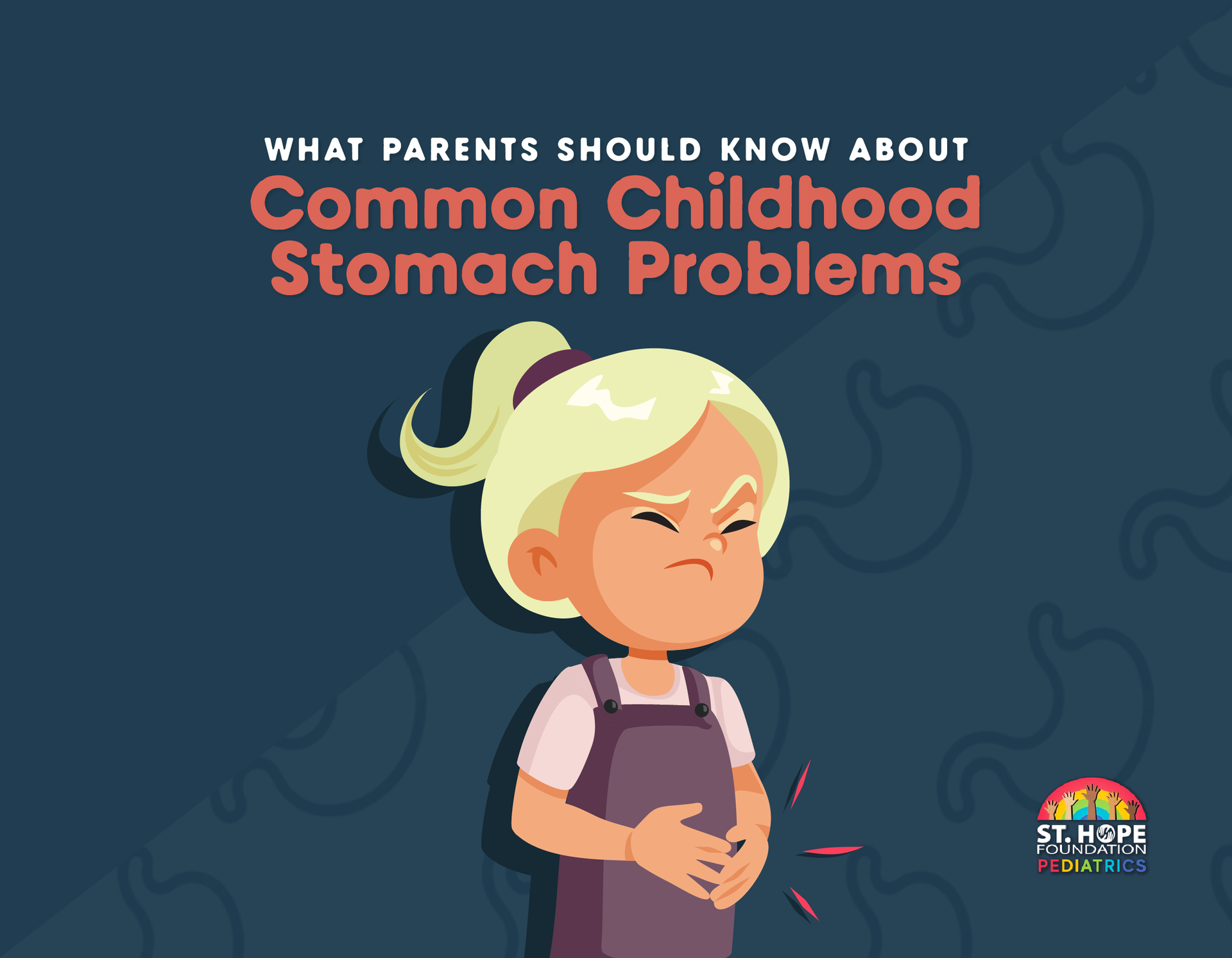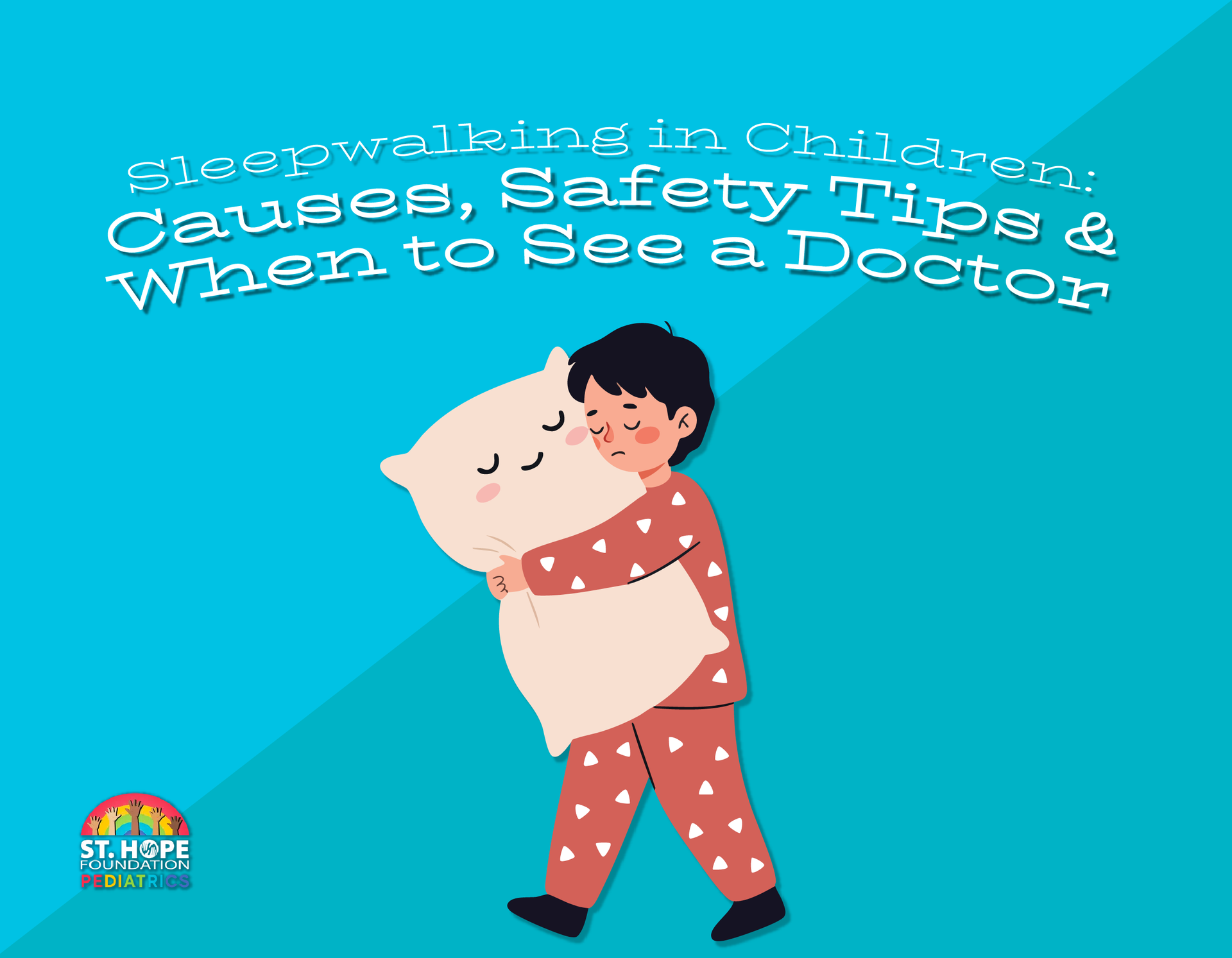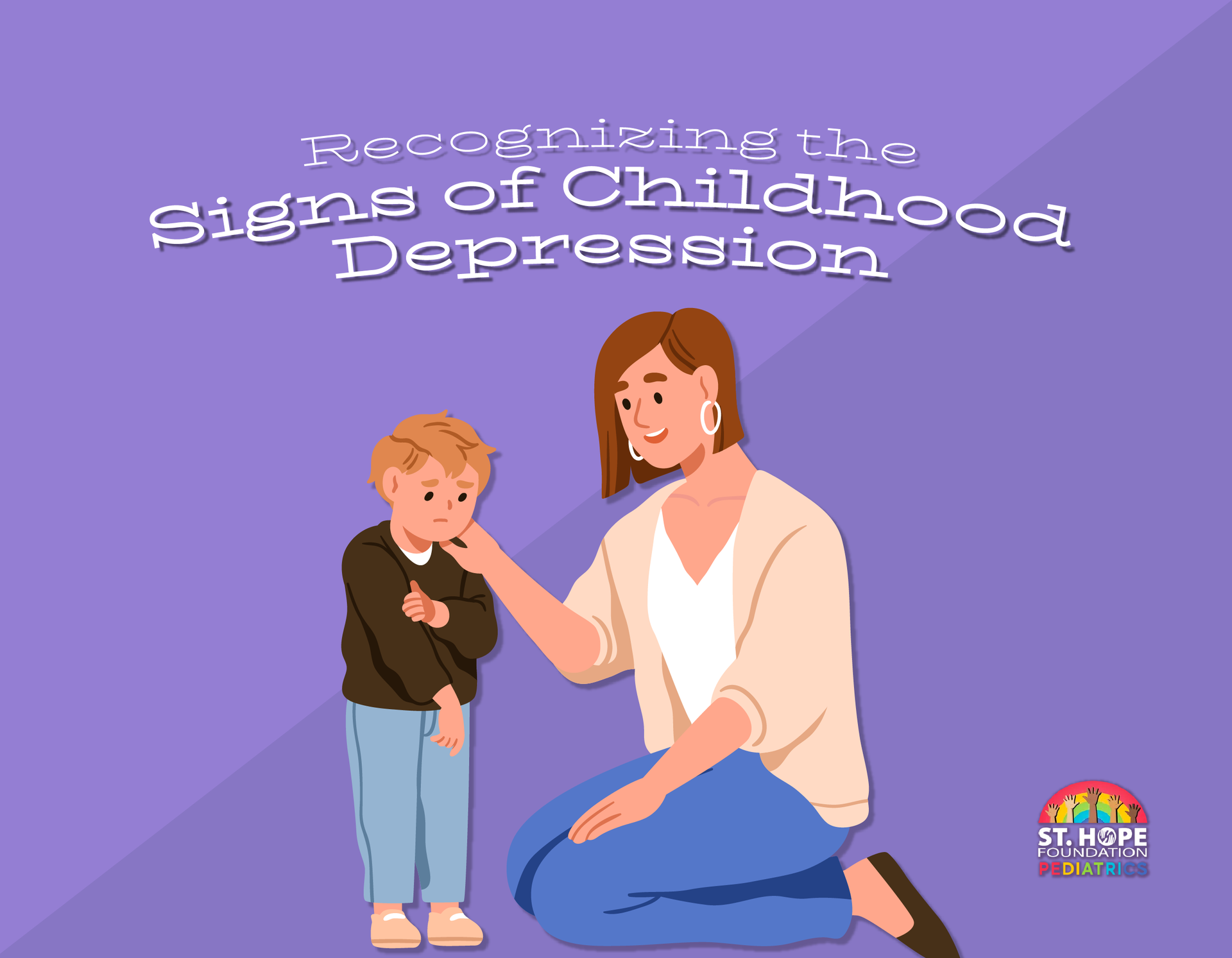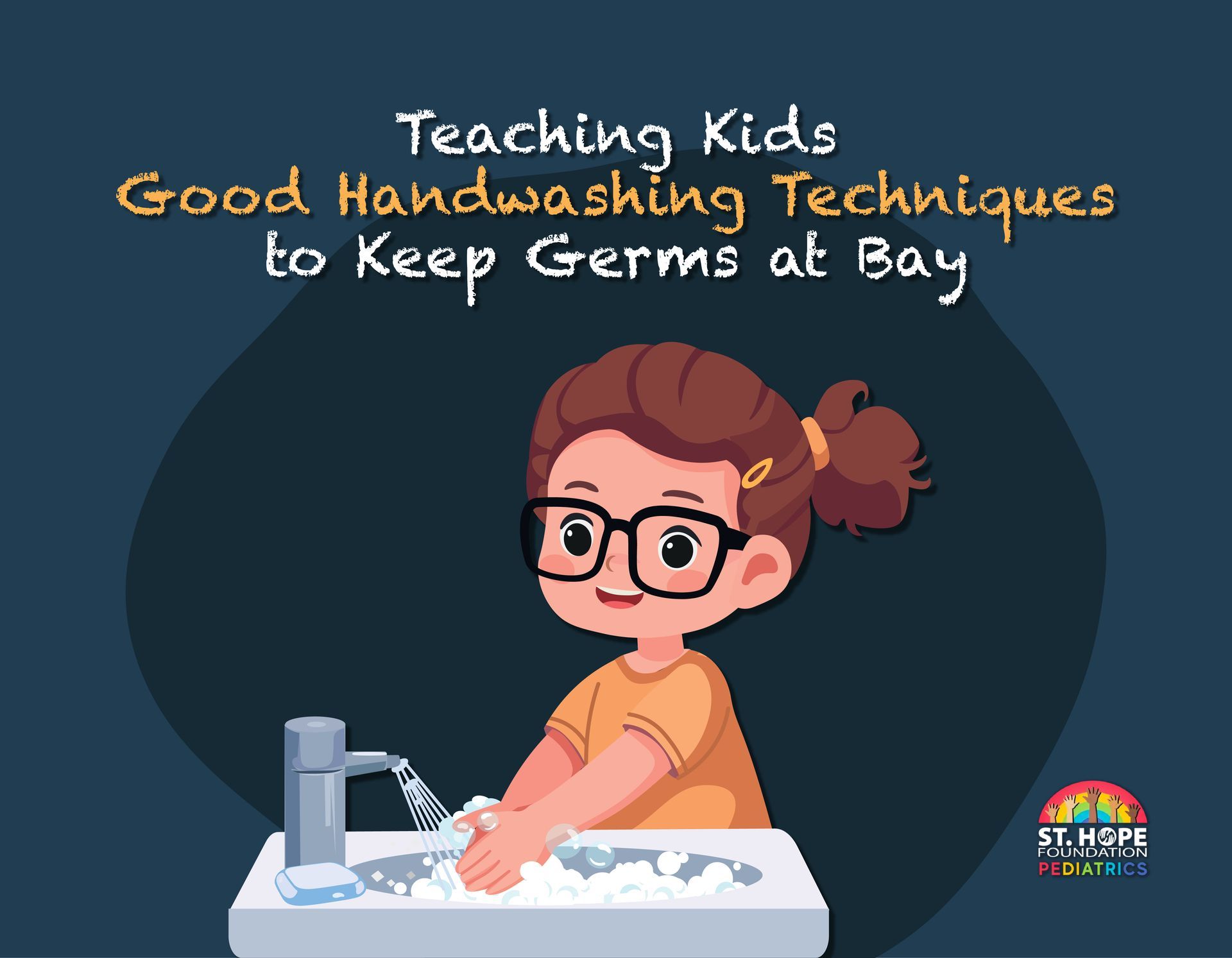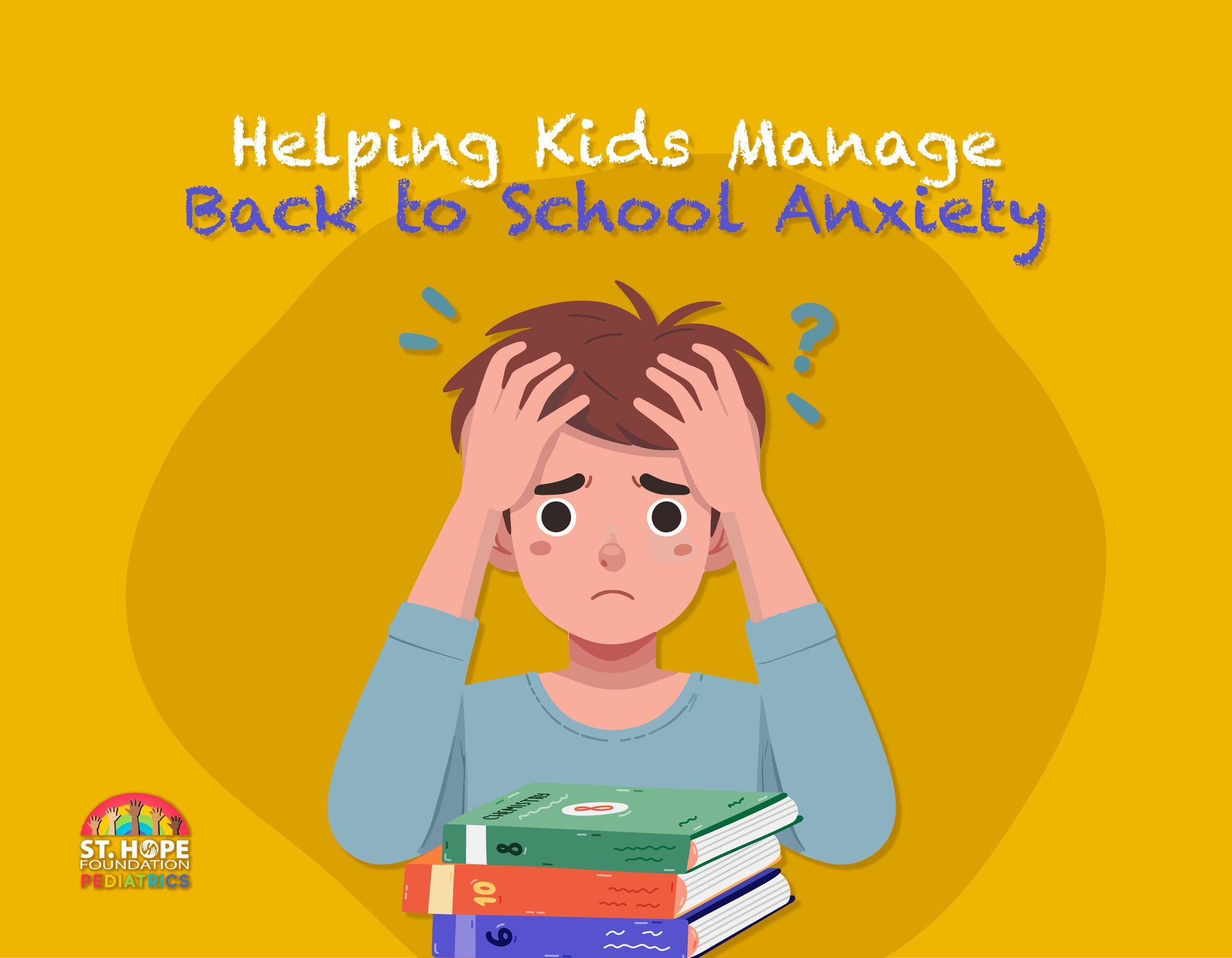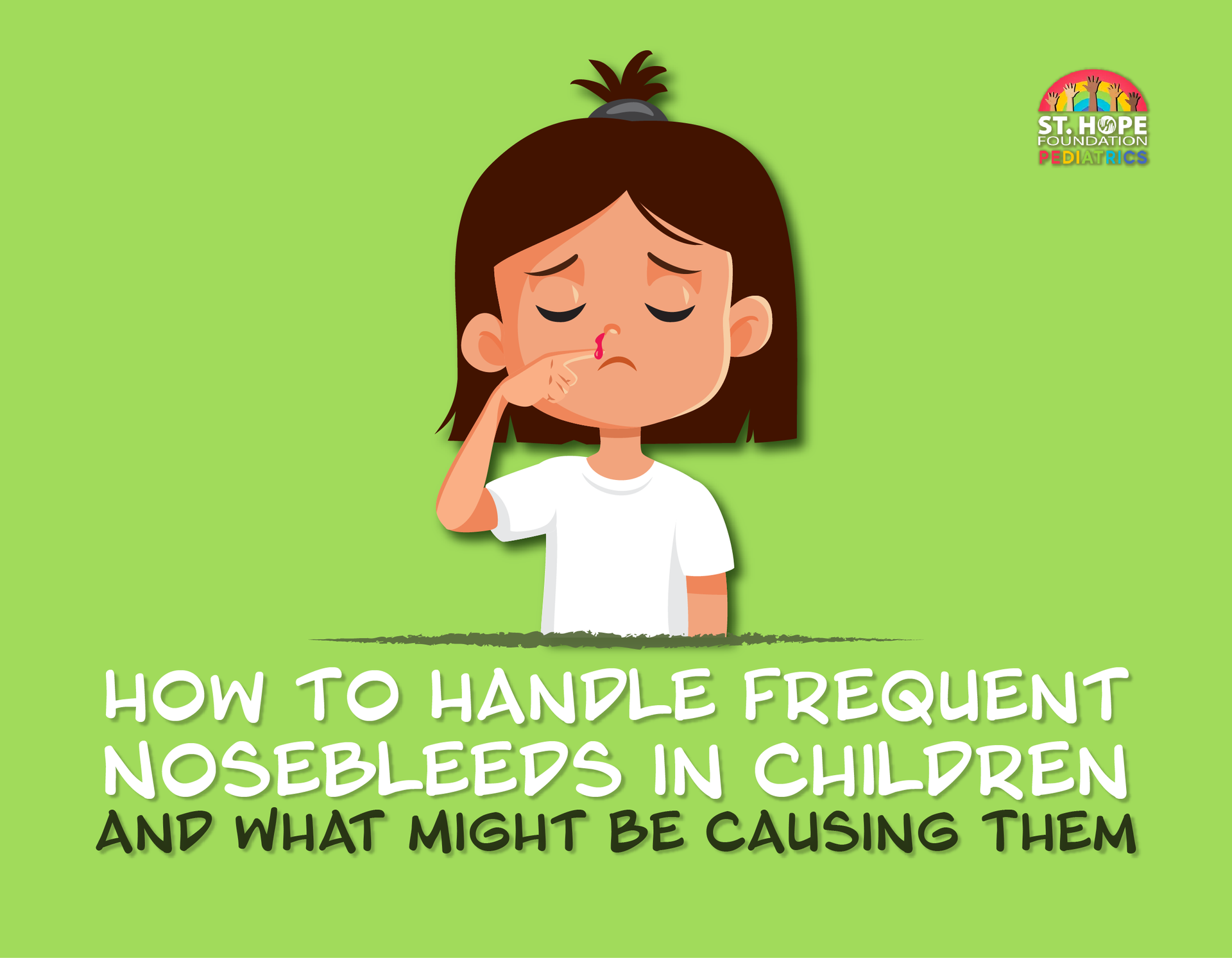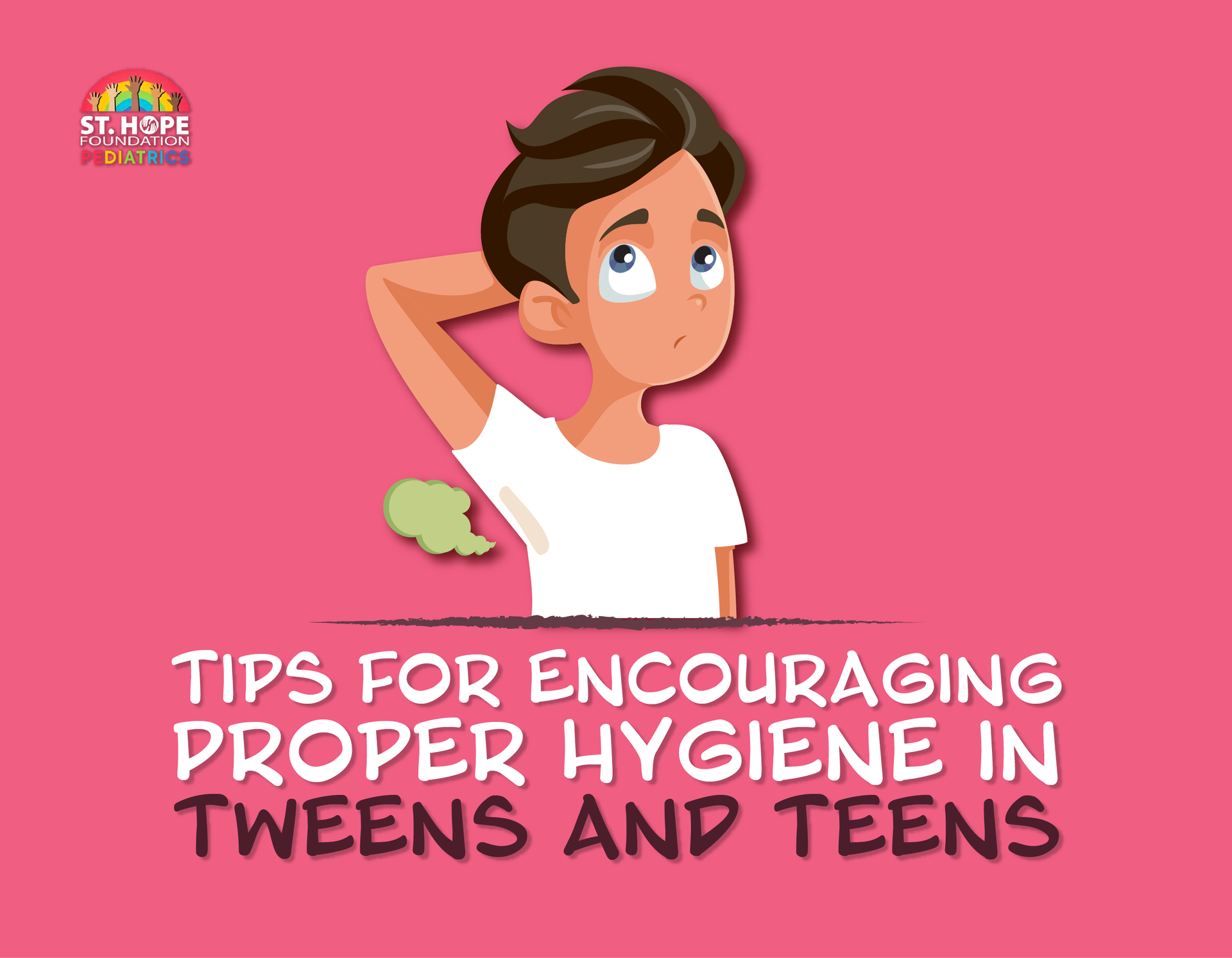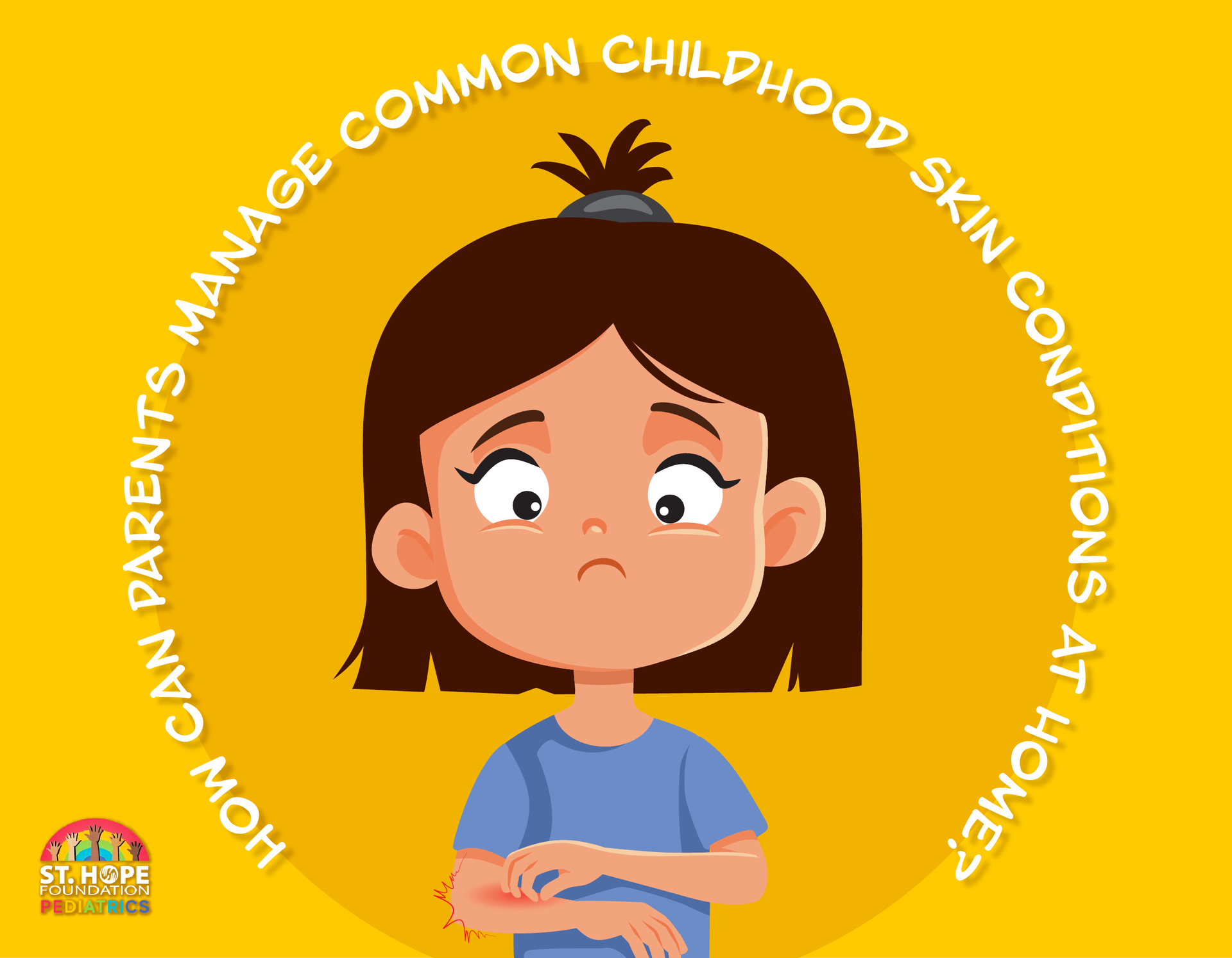
Children come into contact with many unclean surfaces and objects during play, school and exploration. Nearly every child will experience a skin condition at some point, whether it’s a rash from poison ivy or contact with an allergen or warts from walking barefoot in a public pool or shower.
Some skin conditions are relatively harmless and will resolve on their own, while others may require medical intervention. Many skin conditions do possess distinct symptoms that allow parents to assess the severity of the issue and determine whether they should schedule an appointment with their pediatrician.
Eczema (Atopic Dermatitis)
Eczema is a chronic skin condition characterized by red, itchy and inflamed skin. It often appears in patches, particularly on the face, arms and legs, but can occur anywhere on the body. Eczema is more common in children who have a family history of allergies or asthma.
How to Manage Eczema at Home
- Moisturize Regularly:
Keeping the skin moisturized is crucial. Use fragrance-free, hypoallergenic moisturizers multiple times a day, especially after bathing.
- Use Lukewarm Water for Baths: Hot water can dry out the skin, making eczema worse. Opt for lukewarm baths and limit bath time to 10 to 15 minutes.
- Avoid Irritants:
Choose gentle, fragrance-free soaps, shampoos and laundry detergents. Avoid clothing made from rough materials like wool, as these can irritate sensitive skin.
- Apply Topical Medications: Over-the-counter hydrocortisone cream can help reduce inflammation and itching. For more severe cases, a doctor may prescribe stronger topical steroids.
- Manage Triggers: Identify and avoid triggers such as certain foods, allergens or stress that can exacerbate eczema flare-ups.
Diaper Rash
Diaper rash is a common form of skin irritation that occurs in the diaper area, causing redness, swelling and sometimes blistering. It is often caused by prolonged exposure to moisture, friction or irritants like urine and stool.
Changing diapers frequently and keeping your baby’s skin as dry and clean as possible is the best way to prevent diaper rash. Apply a thick layer of barrier cream or ointment containing zinc oxide at each diaper change to protect the skin from moisture.
Giving your baby some diaper-free time each day can also help the skin to breathe and heal. Choose alcohol-free, fragrance-free wipes or use a soft cloth with water to clean the diaper area, and make sure that diapers are not too tight, as this can cause chafing and worsen the rash.
Impetigo
Impetigo is a contagious bacterial skin infection that often affects young children. It typically appears as red sores or blisters, which can burst and form honey-colored crusts, most commonly around the nose and mouth.
How to Manage Impetigo at Home
- Keep the Area Clean:
Gently wash the affected area with soap and water to remove crusts and bacteria. Pat dry with a clean towel.
- Avoid Scratching: Keep your child’s nails short and discourage scratching to prevent the infection from spreading.
- Use Antibiotic Ointment: Over-the-counter or prescribed antibiotic ointments can be applied to the sores as directed by a healthcare provider.
- Practice Good Hygiene:
Wash your hands thoroughly after touching the infected area and avoid sharing towels, bedding or clothing with others in the household.
- Consult a Doctor: Impetigo often requires antibiotic treatment, so it’s essential to see a pediatrician for an accurate diagnosis and appropriate medication.
Chickenpox
Chickenpox is a viral infection that causes an itchy rash with red spots and fluid-filled blisters all over the body. It is highly contagious and common in children, although it has become less prevalent due to vaccination.
Parents of children who contract chickenpox can help relieve itching by applying calamine lotion, giving them oatmeal baths and administering antihistamines. It's important to keep the skin clean by bathing your child regularly with mild soap and water to prevent secondary infections from scratching.
Keeping your child’s nails short and clean can also minimize skin damage from scratching. Dressing your child in loose, soft clothing and keeping them cool can help reduce discomfort. While chickenpox usually resolves on its own, it's important to consult a doctor if your child develops a high fever, persistent cough or signs of a secondary infection.
Warts
Warts are small, rough growths on the skin caused by the human papillomavirus (HPV). They are common in children and can appear on the hands, feet and other areas of the body.
How to Manage Warts at Home
- Use Over-the-Counter Treatments: Salicylic acid treatments are available over the counter and can be applied to the wart daily to help remove it. Be sure to follow the instructions carefully.
- Cover the Wart: To prevent the wart from spreading to other parts of the body or to others, cover it with a bandage or duct tape.
- Avoid Picking: Encourage your child not to pick at warts, as this can cause them to spread.
- Consult a Doctor:
If the wart is painful, persistent or spreading, seek advice from a healthcare provider. They may suggest other treatments such as cryotherapy (freezing the wart).
Hives (Urticaria)
Hives are raised, red and itchy welts that can appear on the skin as a result of an allergic reaction, stress or illness. Hives can appear suddenly and may move around the body.
Managing hives at home involves identifying and avoiding triggers, such as certain foods, medications or environmental factors. Over-the-counter antihistamines can help relieve itching and reduce the size of the welts.
Applying a cool, damp cloth to the affected area can also help soothe itching and reduce swelling. Stress can worsen hives, so it's important to encourage relaxation and calm activities.
If hives are accompanied by difficulty breathing, swelling of the face or throat or other severe symptoms, it’s important to to seek emergency medical care right away.
Get Professional Help for Your Child’s Skin Conditions in Houston, TX
If your child’s skin condition worsens, doesn’t improve with home treatment or is causing significant discomfort, it’s likely time to consult a pediatrician. At St. Hope Pediatrics, our experienced team is dedicated to providing compassionate and expert care for all of your child’s health needs.
Schedule an appointment with St. Hope Pediatrics today or give us a call at (713) 778-1300.

